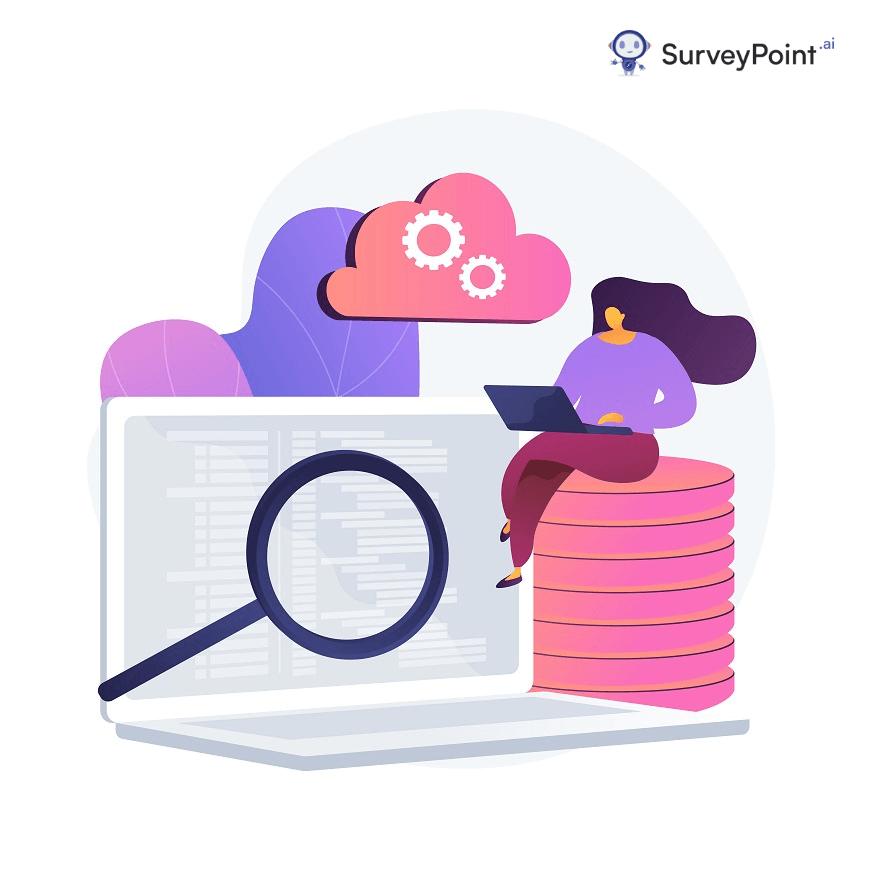
When analyzing data for research, identifying the right sources of data can be important. A dataset is simply a collection of unorganized and unfiltered numbers, which can be useful for data analysis. And, while data can be collected from numerous sources, the source must always be relevant and the latest.
In this blog, we’ll be exploring different types of data sources with their examples. So buckle up, and let’s navigate through identifying suitable sources to collect data.
What Are the Sources of Data?
This one is pretty obvious. As the name implies, the source of data is a digital or physical place where data is stored. It can either be in storage format, tabular form, or data object.
Furthermore, there are two different types of data sources: internal and external. The data collected from internal sources is called primary data. Secondary data is collected from external data sources.
While it is tricky to get your hands on primary data, it is always more relevant and efficient than secondary data. Data analysis involves collecting data through primary and secondary research.
And, if we talk about the data’s origin, the classification of data sources can be done into the following:
- Statistical
- Census
In most cases, both data sources in statistics and census are used together.
A popular source of data example is a fashion brand selling its products online. The website deploys a database uploaded in “stocks” to determine whether a particular product is available. If the product is unavailable in the inventory, the product will be listed as “out of stock.”
RELATED: What is Field Based Data Collection: The Ultimate Guide
Different Types of Sources of Data in Research
If we talk about the key data sources, the chart will be divided into two types.
Statistical Data Sources
Statistical data sources are a bit more modern. It usually involves surveying people to gather loads of information. This information can either be in qualitative form or quantitative form. Note that qualitative data lacks any numerics.
In statistical data sources, the sample size is mainly taken into consideration. Moreover, researchers use several statistical tools. In most cases, surveys are conducted either offline or online.
If you are considering choosing an online survey-building tool, SurveyPoint has got your back. The platform comes with several templates you can use to create a survey within minutes. Moreover, you can also use the custom analytics tool to analyze real-time data.
RELATED: Research Problem: An Easy-To-Follow Guide For Beginners
Census Data Sources
In this method, the data is taken from different census data sources. This implies that the researchers take up data that is already published. The census technique studies every characteristic of the population over a certain period of time.
The research is conducted over a particular time, after which the research is concluded. Countries mainly conduct censuses for official purposes. The information is either gathered through a face-to-face interview or over a phone call. Unlike surveys, censuses are more time taking and hard to conduct.
Additional Data Sources You Can Rely On
Besides relying on the above sources of data, here are some data sources you can use when researching:
INTERNAL DATA SOURCES
Internal sources are records that are published by a specific organization. This data is usually collected through primary research techniques. You can access these primary information sources to meet your research objectives as a researcher.
Primary sources of data examples can be salesforce reports and internal reports of an organization.
EXTERNAL DATA SOURCES
When a researcher collects data from outside the organization, it is called a secondary data source. Because such data sources include information collected through secondary sources, they are not as reliable.
While collecting data from external sources is easier and more cost-effective, primary sources are the most reliable.
- Syndicate Services
Several companies offer syndicate services. Under this, the company collects and researches all its clients’ data. These companies get their information from retailers, industrial firms, electronic services, and mail diary panels.
- Government Publications
Researchers can visit free government websites to gather the needed data. This can allow them to come across a massive amount of information. However, it is often expected that most data on government websites is either outdated or inaccurate.
- Non-Government Publications
In addition to government sites, several other websites publish their own data. And, in most cases, it is free. Researchers can conduct online research on Google by simply entering their relevant keywords to tap into loads of information.
EXPERIMENTAL DATA SOURCES
- Completed Randomized Design (CRD)
CRD offers a basic research outline or framework to the researcher. Used primarily in data analytics, the research is purely based on random presumptions and replication. This type of research is mostly conducted for experiments.
- Randomized Block Design (Rbd)
In this, an entire experiment is broken down into small units. These units are called blocks. Once blocks are created, random experiments are conducted, and the result is analyzed. RBD is primarily used in the agricultural sector.
- Factorial Designs (FD)
As the name suggests, FD breaks the experiment into two parts. Here the result is presumed based on two primary factors.
- Latin Square Design (LSD)
Similar to RBD and CRD, LSD also comes with experimental blocks. But, unlike them, this technique also includes rows and columns. This allows the researcher to determine the key differences quickly.
Summing Up: How To Identify The Right Sources of Data?
Identifying the right sources of data is easy. Simply start with analyzing your research objective. Understand what you want out of your research. Once you have figured out the objective, think about how you can collect data.
Here’s when you would be required to identify the right source of data. Ask yourself, ” Is the data you are searching for available on the website? If not, it’s evident that you would have to conduct a survey to gather the responses.
In short, if you are validating an already existing research, you can rely on secondary data sources. However, to understand your consumer’s buying preferences, you would have to rely on primary data sources like surveys and interviews to gather the needed data.
Not Sure Where To Begin?
Explore our solutions to discover what is most important to your customers,
clients, and prospects. And best of all – it doesn’t take any coding!
Free Trial • No Payment Details Required • Cancel Anytime




